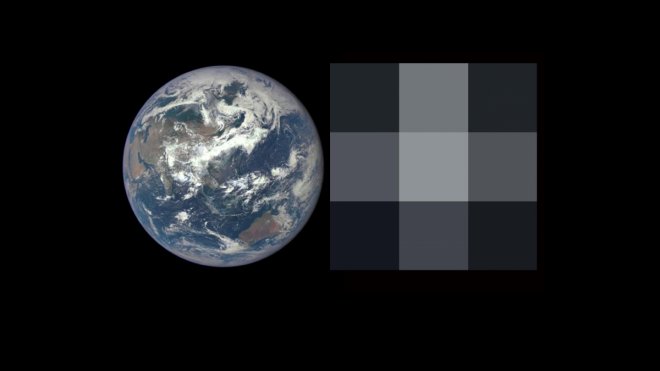
Researchers have been using the earth as a model for their search of alien life even though they believe that life may be existing in conditions which are entirely different from the Earth.
These earthly models are used for the studies as the scientist's knowledge of life has been limited to the conditions present on the planet.
A recent report published by the NASA said that the models that were used to study the climate change of Earth in the 21st century are used in the present day simulators to study the known exoplanets and hypothetical ones.
The knowledge about life in various environments of the Earth and the interaction of organisms to mould the planet's history, along with the climate change, is the primary knowledge which drives the search for alien life.
The presence of water, which acts as the base of any life forms in any remote corner of the Earth, has great significance for these search missions. The discovery of oceans below the icy crust of the Saturn and Jupiter moons has raised hope in this regard.
These oceans are heated by the friction in their cores and surface ice as a result of the gravitational interaction of the planet and the moon.
Morgan Cable, a research scientist at the NASA's Jet Propulsion Laboratory in Pasadena, California, said, "We thought Enceladus was just boring and cold until the Cassini mission discovered a liquid water subsurface ocean." The Cassini mission has found that the oceans in the Enceladus get heated up by the interaction of the moon's core with the ocean water. Mineral-rich hot water which was found as sprinklers in the surface of the moon gave the insight to the probe.
Galileo and Voyager missions gave evidence that Europa has liquid water ocean under its icy crust. These space vehicles proved that the surface of the Europa has jumbled reforming terrains because of the tectonic activities in its core and the resultant hot water sprinklers.
The astronomers use extreme environments on the earth as the "testbed" to study various hypothesis and technology for future missions. NASA's Mars Rovers have already used the Earth's deserts and extreme regions for its trial for Martian missions. Satellite observations of the Arctic and Antarctic ice fields are used as a model for the Europa and Enceladus research.
Morgan Cable said, "When we visit Europa, we want to go to very young places, where material from that ocean is being expressed on the surface. Anywhere like that, the chances of finding evidence of life goes up – if they're there."
Astronomers have located three planets, Earth, Mars, and Venus, in the habitable spots in our solar system which are at an ideal distance from the sun to receive sufficient sunlight. They compare the Earth's carbon cycle to analyze the probable tectonic activities and water cycles in these planets. It was analyzed that larger rocky planet in the region is prone to have more liquid water than the smaller ones.
Scientists have not yet found out if the planets which are at least twice the size of Earth are rocky or gaseous planets. They look for multiple biosignatures which are chemical signs of life for their studies. Indicators like breaking down of methane to its constituent elements in the presence of oxygen have been used to check for the existence of life as it has been a basic chemical reaction on Earth. Almost all living forms on earth generate methane which maintains the level of the gas in the atmosphere.
Another theory explains that the images from the exoplanets appear only as a few pixels in the detectors. This would make it difficult to understand any microlevel organic activities. Scientists plan to use the Imaging camera similar to the one used in the National Oceanic and Atmospheric Administration's Deep Space Climate Observatory (DSCOVR).
Stephen Kane of the University of California, Riverside said, "I'm taking these glorious pictures and collapsing them down to a single pixel or handful of pixels."
Scientists, however, still believe that modern technologies which are tested in the conditions of the Earth could help to find the life on other planets.









